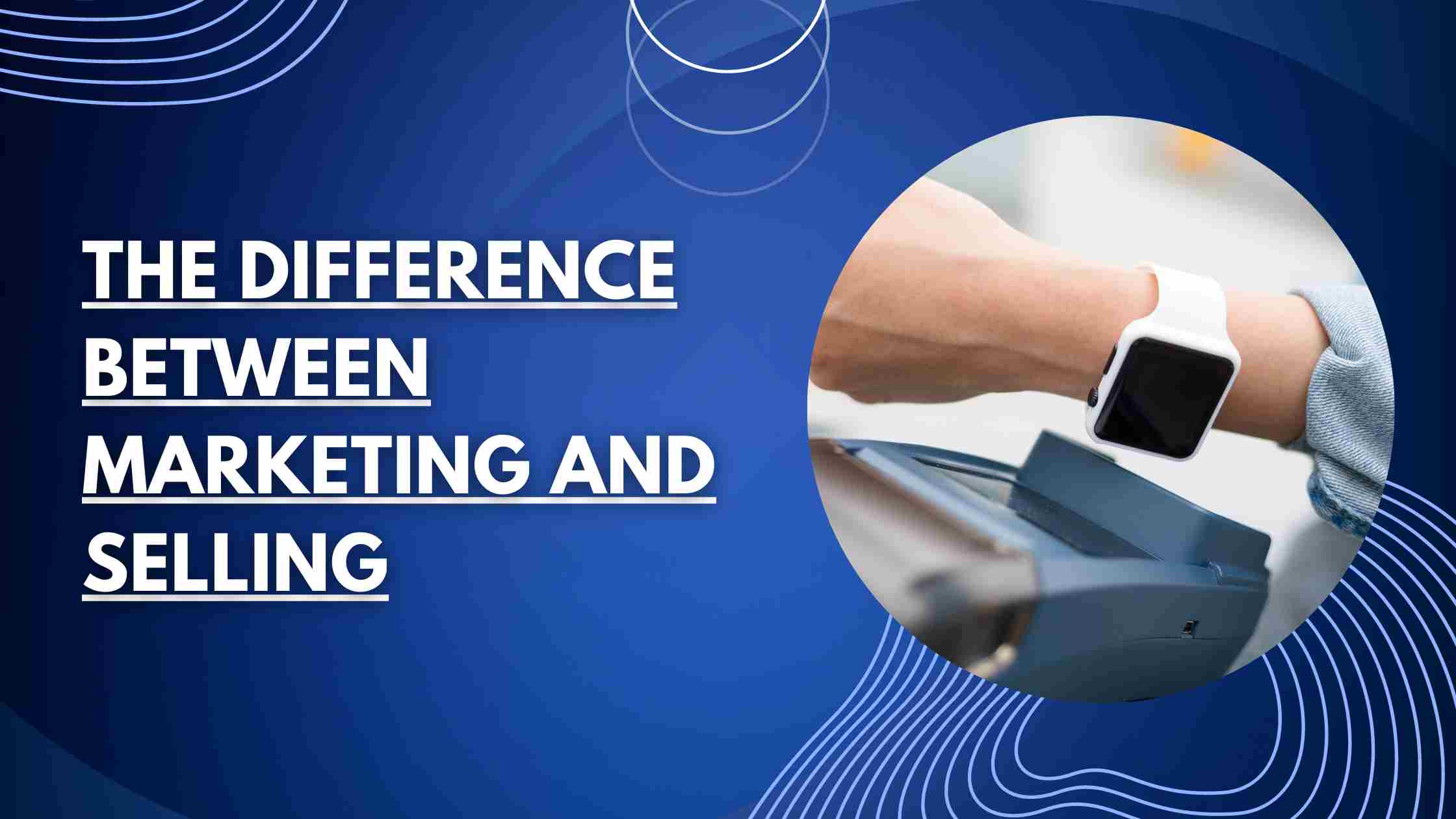
The Difference Between Marketing and Selling
In the realm of business and commerce, two terms that often intertwine but possess distinct roles are marketing and selling. While they both contribute to the success of a company, understanding the nuances between the two is vital for crafting effective strategies that can drive growth, engage customers, and maximize profits. In this comprehensive article, we delve deep into the divergent aspects of marketing and selling, highlighting their key differences and showcasing their synergistic relationship within a business context.
The Essence of Selling: A Transactional Endeavor
Selling, at its core, revolves around the transactional process of exchanging products or services for monetary value. It’s the final step in the business cycle, where the focus is primarily on converting leads into paying customers. This process involves direct interactions with potential buyers, presenting them with the features and benefits of the offering, addressing their concerns, and persuading them to make a purchase.
Effective selling requires a profound understanding of the product or service being offered, as well as the ability to highlight its unique value proposition that addresses the customers’ pain points. Sales professionals employ various tactics such as building rapport, addressing objections, and utilizing persuasive communication to close deals. It’s a high-energy, goal-oriented activity that often involves short-term relationships with customers.
The Art of Marketing: A Holistic Customer-Centric Approach
Marketing, on the other hand, takes a broader and more holistic approach to business growth. It encompasses a multitude of activities aimed at creating brand awareness, fostering customer engagement, and ultimately driving sales. Unlike selling, which is more transactional, marketing is a long-term strategy that focuses on building relationships and nurturing leads throughout their buyer’s journey.
At its core, marketing is about identifying and understanding customer needs and preferences, and then tailoring strategies to address those needs effectively. It involves in-depth market research, segmentation, and targeting to reach the right audience with the right message. Marketing strategies span a wide array of channels, including digital platforms, social media, content creation, email campaigns, and more. The goal is to create a cohesive and compelling brand image that resonates with the target audience.

Key Differences Between Marketing and Selling
1. Focus and Scope
Selling is more focused on individual transactions and immediate revenue generation. Its scope is narrower, concentrating on converting prospects into buyers. Marketing, on the other hand, takes a broader approach by creating a consistent brand presence, nurturing leads, and cultivating long-term customer relationships.
2. Timeline
Selling is often a shorter-term endeavor, where the goal is to close deals promptly. Marketing operates on a longer timeline, aiming to establish a strong market presence and maintain customer loyalty over an extended period.
3. Customer Interaction
Selling involves direct, one-on-one interactions between the salesperson and the potential customer. Marketing, although it may involve personalization, focuses more on reaching a larger audience through various channels and touchpoints.
4. Goals
The primary goal of selling is to convert leads into customers and generate revenue. Marketing aims to create brand advocates, enhance brand loyalty, and contribute to the overall growth and reputation of the business.
Achieving Symbiosis: How Marketing and Selling Work Together
While marketing and selling have distinct roles, they are not mutually exclusive. In fact, they work in tandem to create a comprehensive business strategy that drives success. A well-crafted marketing strategy lays the foundation by creating brand awareness and generating interest among potential customers. This, in turn, makes the selling process more effective, as customers are already familiar with the brand and its offerings.
Imagine a scenario where a consumer comes across an engaging social media post from a company they’ve never heard of. The post highlights a common pain point and offers a solution that piques the consumer’s interest. This is marketing in action, capturing attention and creating a connection. Later, when the consumer is researching solutions, they stumble upon the company’s website – this is where selling takes the lead. The website provides comprehensive product information, customer testimonials, and a clear path to making a purchase.
In Conclusion
In the dynamic landscape of business, understanding the difference between marketing and selling is crucial for devising effective strategies that drive growth and profitability. While selling focuses on the transactional aspect of converting leads into customers, marketing takes a more holistic approach by building brand awareness, engaging customers, and nurturing long-term relationships. To achieve optimal results, businesses should seamlessly integrate these two functions, harnessing their combined power to create a robust and successful business model.


